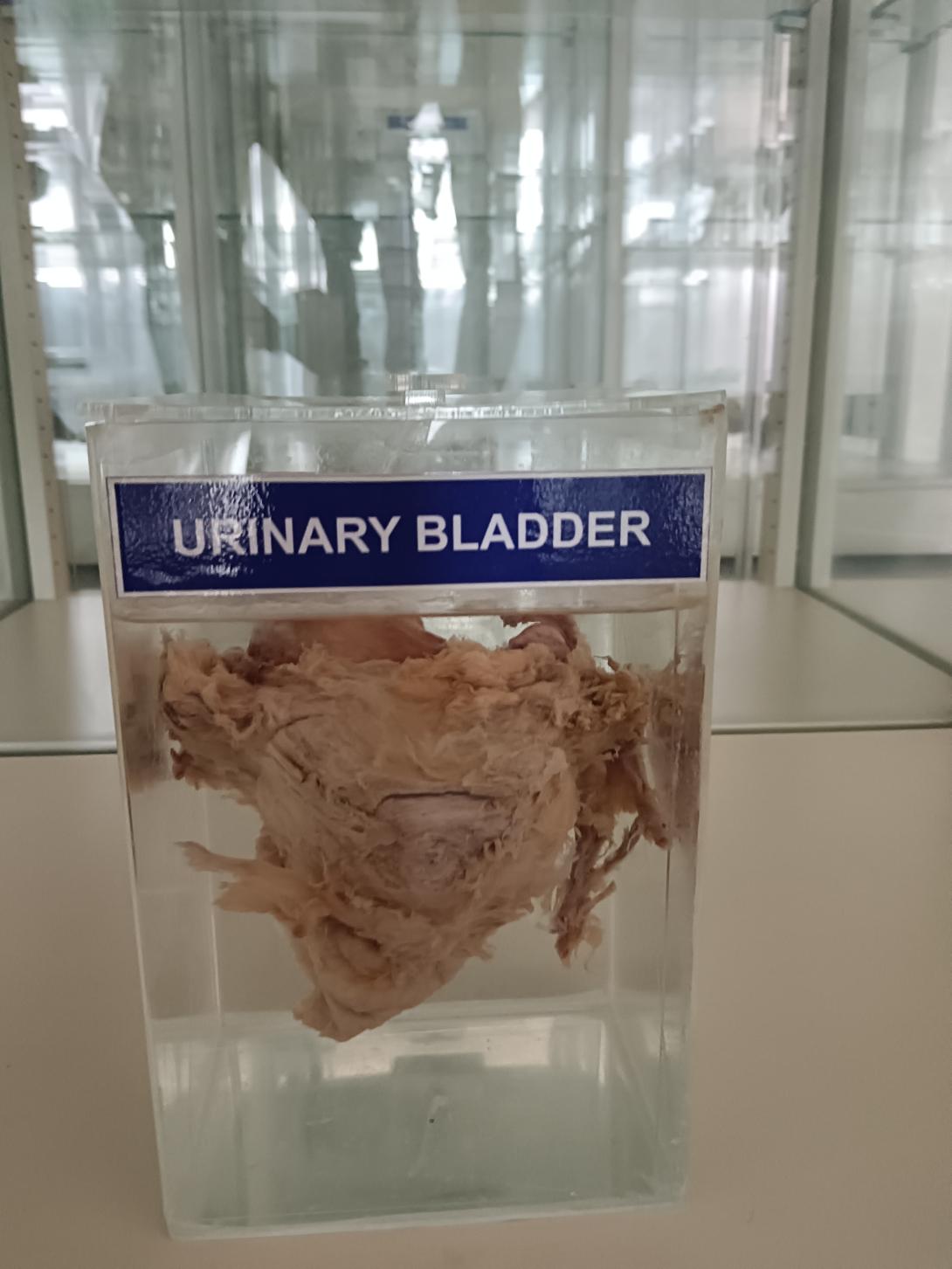The urinary bladder is a hollow, muscular organ that is located in the pelvis and serves as a temporary reservoir for urine. It is part of the urinary system and plays a key role in the storage and elimination of urine from the body.
The anatomy of the urinary bladder, as taught in MD programs, includes the following structures:
- Fundus: The upper part of the bladder, which is dome-shaped and extends upward into the abdominal cavity when the bladder is full.
- Body: The main portion of the bladder, which is located in the pelvis and can expand to accommodate urine.
- Neck: The lower part of the bladder, which is connected to the urethra and contains the internal urethral sphincter.
- Trigone: A triangular area of the bladder that is formed by the openings of the two ureters and the urethra.
- Wall: The wall of the bladder is composed of several layers, including the urothelium (inner lining), lamina propria (connective tissue), muscularis propria (muscular layer), and adventitia (outer covering).
The bladder is innervated by the autonomic nervous system, which controls the contraction of the muscular wall and the relaxation of the internal urethral sphincter. The bladder receives parasympathetic innervation from the pelvic nerves, which stimulate bladder contraction, and sympathetic innervation from the hypogastric nerves, which inhibit bladder contraction and promote urine storage.
The urinary bladder is susceptible to a variety of disorders, including urinary tract infections, bladder cancer, bladder stones, and overactive bladder syndrome. Treatment for these disorders may involve medications, surgery, or other interventions aimed at relieving symptoms and restoring normal bladder function.

